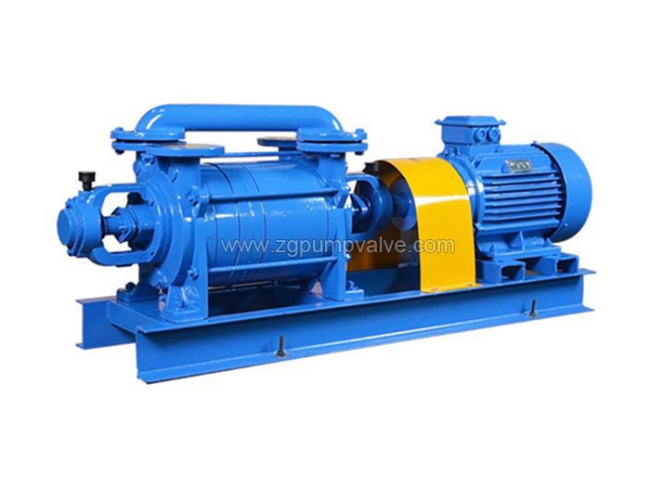Learn - Aug. 05, 2020
9. Self-suspension diversion and water-filling method The self-suspension diversion and water-filling method uses the difference in bulk density of water and air, and is realized through the principle of "water-air replacement". This method can remove the bottom valve of the water pump.
First of all, design a ventilation tank with a proper amount of containers. The ventilation tank is generally made of plastic products, but can also be thin metal parts, and the cost is only half of the bottom valve. Then, place the ventilating tank at the water inlet of the water pump to form a communicating body with the water pump and the pipeline. At the same time, install a ventilation control valve on the ventilation duct between the ventilation tank and the water pump. When filling water, fill the gas exchange tank with water in advance, then seal it with a cap, and then open the gas exchange valve. After the air exchange is completed, close the air exchange valve, and a part of the water will be suspended in the inlet pipe. Repeat this method several times, the air will be exhausted, and the water inlet pipe will be filled with water. At this point, the water pump can be started for lifting operations. Before shutting down, as long as the gate valve is closed before shutting down, the water diversion will not sit back. There is no need to irrigate and divert water next time you start it. The advantages of this water filling method are the lower price of the gas exchange tank, easy manufacture, low labor intensity, and energy saving.

10. Vacuum pump water filling method for large and medium pumping stations with a water inlet pipe diameter greater than 300mm, or pumping stations with a higher degree of automation, the vacuum pumping device is a commonly used water filling device. It is assembled by vacuum pumps and other equipment. The vacuum pumps often used in irrigation and drainage stations are mostly water ring vacuum pumps. An eccentric toothed impeller is installed in the cylindrical pump casing of the water ring vacuum pump. The pump casing is filled with circulating water. When vacuuming, the impeller rotates. Under the action of centrifugal force, the circulating water in the pump casing is thrown around the impeller, forming a rotating water ring on the inner wall of the pump casing. Because the impeller is eccentrically installed in the pump casing, the size of the space formed between the water ring and the toothed blades is different.
When the impeller rotates clockwise, the space between the two blades of the right half of the impeller gradually increases. Under the closed condition, as the air volume increases, the pressure decreases, forming a vacuum, and the air in the water pump and the pipeline passes through The suction pipe enters the crescent-shaped suction port on the right side of the vacuum pump casing and is sucked into the vacuum pump. The space between the two blades of the left half of the vacuum pump impeller is gradually reduced. Therefore, the air is compressed and the pressure increases, and finally passes through the vacuum pump. The crescent-shaped exhaust port on the left side of the pump casing discharges the vacuum pump and enters the water-gas separation box to separate the circulating water that is carried out before reuse. When the impeller keeps rotating, the vacuum pump continuously sucks and exhausts air, and finally fills the water pump with water.
The above information is provided by a submerged chemical pump factory.